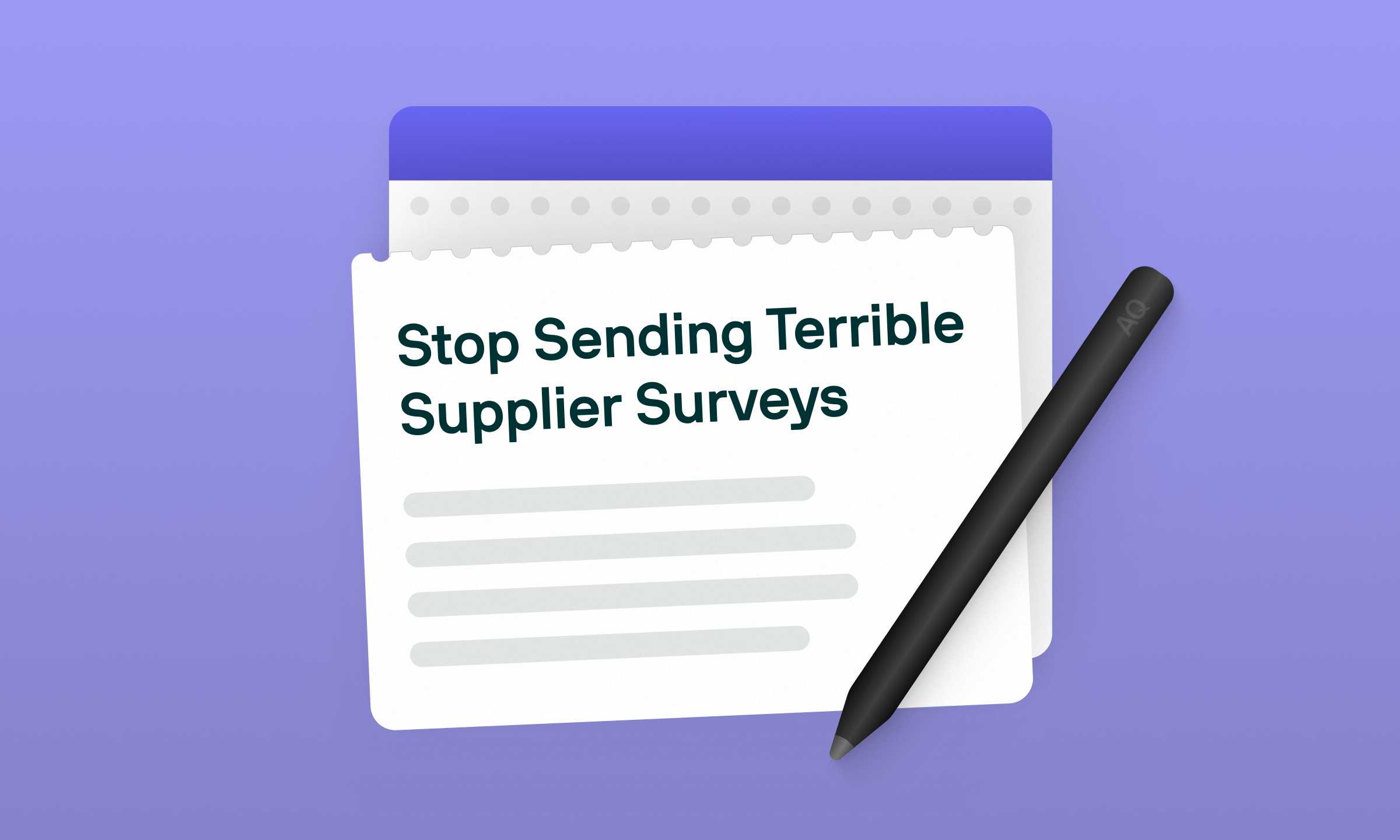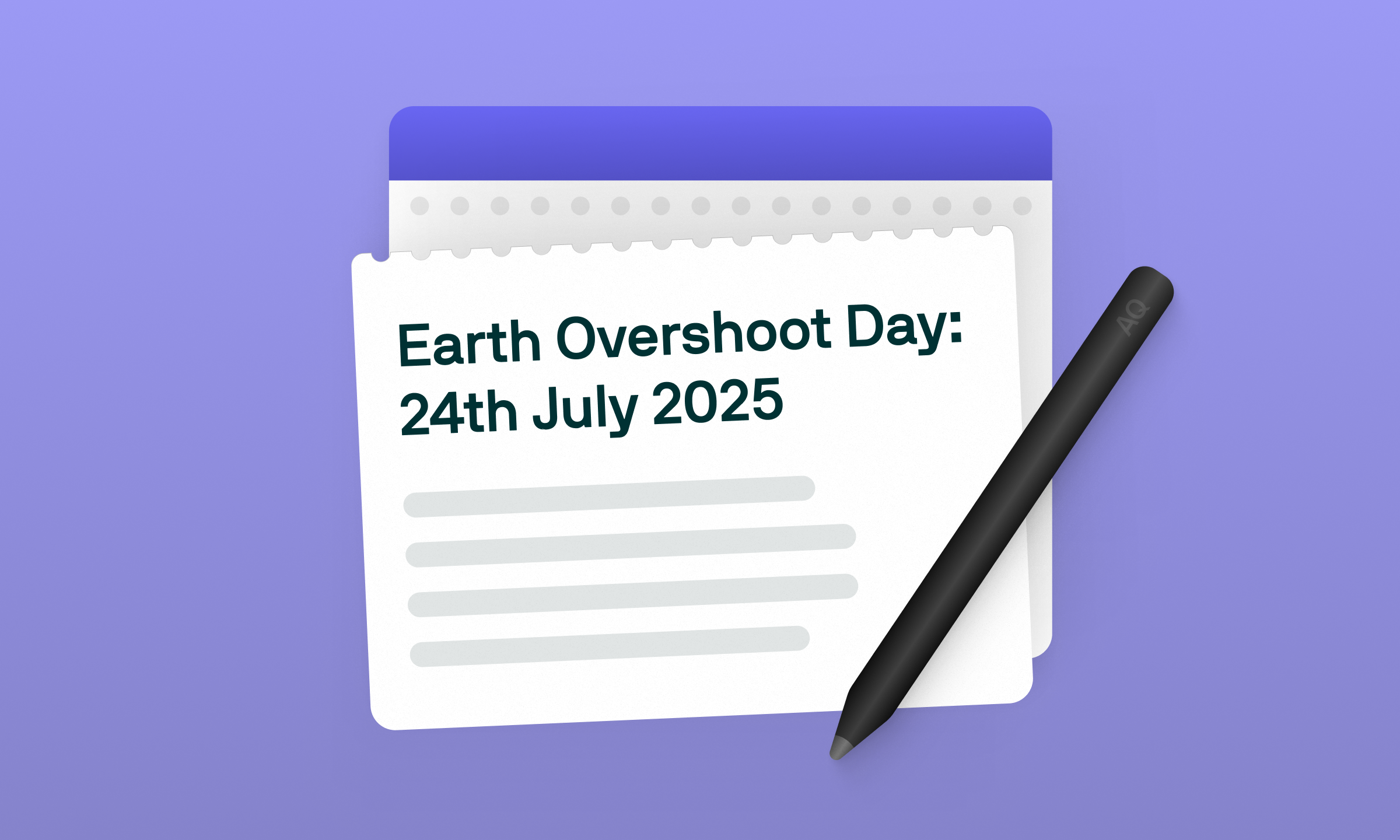The Environmental Price Tag of Trump's Tariffs

What you'll learn



The Environmental Price Tag of Trump's Tariffs
After presenting a sweeping tariff plan on 2 April, President Trump has now dialled back most reciprocal tariffs for 90 days, with one major exception. Chinese exports still face heavy tariffs across the board.
Global markets plunged in response, and whilst economists debate the macroeconomic implications (which will surely end up in textbooks), we're focusing on the environmental impact of these measures: What do these tariffs mean for the transition towards a greener economy?
The Environmental Paradox
First of all, these tariffs create a sustainability dilemma.
On one hand, reshoring manufacturing to regions with stronger environmental regulations and cleaner energy infrastructure could potentially reduce emissions in certain sectors. The US and EU, for all their challenges, maintain more robust clean energy systems than many developing economies.
On the other hand, supplier countries face potentially devastating economic impacts. Consider Lesotho's textile industry, built over decades and now at existential risk. When economies face such threats, climate commitments often take a reluctant backseat.
Critical Clean Tech Sectors Under Pressure
The US relies heavily on imports for most clean technology components. From lithium-ion batteries to solar panels and EV parts, these critical materials largely come from China and Southeast Asia, precisely the regions most affected by the new tariffs.
Therefore, tariffs may boost domestic production, but they will most certainly boost costs for US companies that buy these components from abroad.
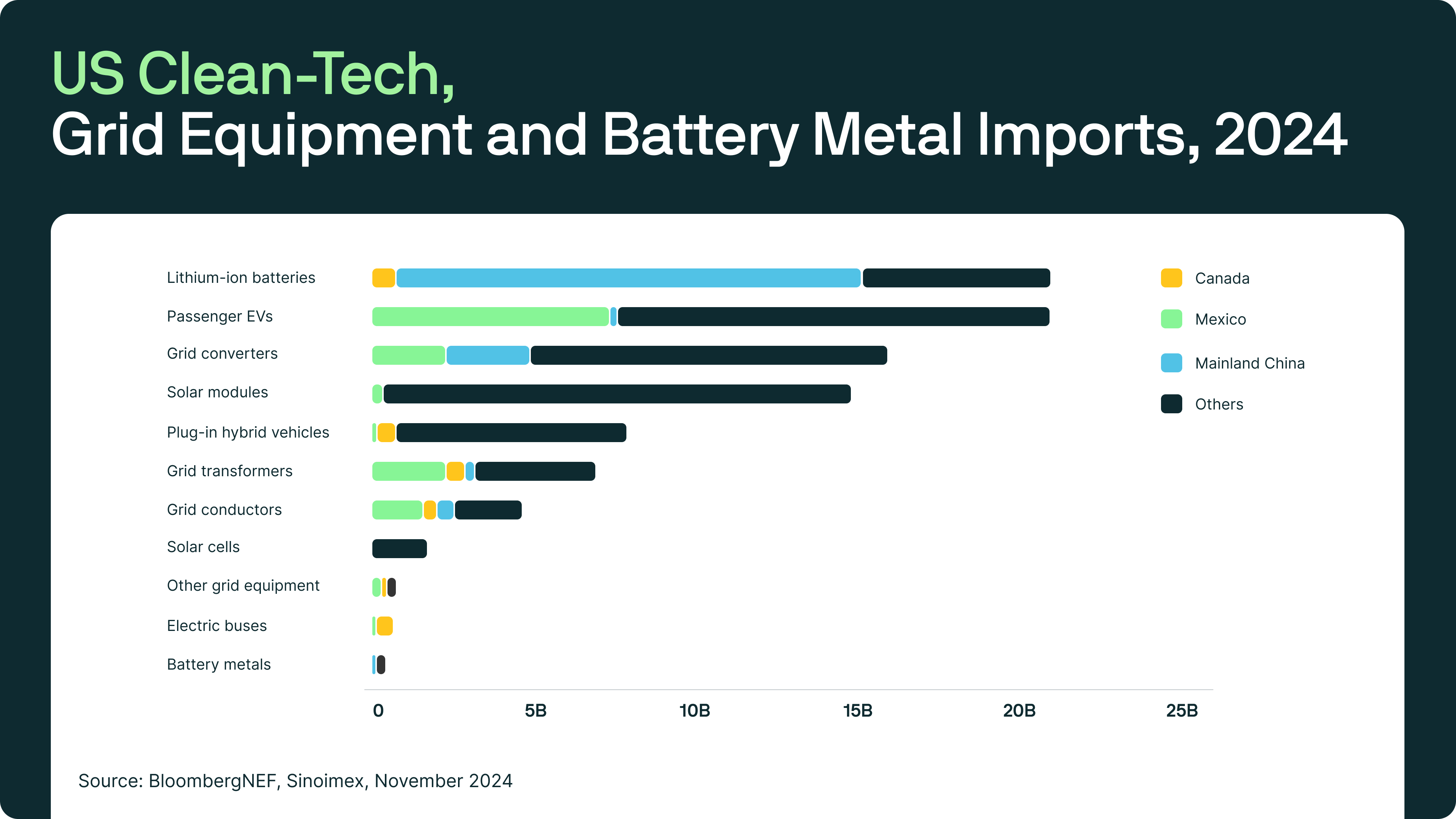
Batteries
Grid batteries face 65% tariffs, potentially rising to 80% by 2026. This disrupts plans for 18.2 GW of utility-scale battery additions this year, as most lithium-ion batteries are imported from China.
Electric Vehicles
Even if EVs are manufactured in the US, they still need components from countries that are now tariffed, such as minerals, cathode, and polysilicon.
Solar Power
Solar imports from Southeast Asia now face some of the highest tariff rates, threatening the industry's cost reductions. Chinese manufacturers may redirect exports to the EU, challenging European producers.
Fossil Fuels Don’t Go Untouched
If there's a silver lining in these tariffs, it's their unintended impact on fossil fuel economics. Despite the "drill baby drill" rhetoric, the 25% tariffs on steel, aluminium and other critical materials significantly increase costs throughout the fossil fuel supply chain, from drilling equipment to transport infrastructure.
The Overlooked Plastic Problem
Trump's tariff on all steel and aluminium imports also hides another underestimated environmental threat. These highly recyclable materials play a crucial role in long-term plans to phase out single-use plastics, especially in food, drink and other packaging, which are major contributors to global pollution.
As steel and aluminium become more expensive, we may see a concerning surge in plastic consumption as businesses seek cheaper packaging alternatives. This tariff-induced shift could significantly set back progress on plastic reduction goals and circular economy initiatives across multiple industries.
Risk Management as the Only Viable Strategy
With so much uncertainty, businesses have only one clear path forward: reducing risk. It's the only practical approach in such an unpredictable environment.
What does this mean for sustainability teams?
- Focus on core value drivers. Show how sustainability directly helps business resilience. Cost-saving emissions projects will survive; projects without clear returns will not.
- Plan for different scenarios. Supply chains will likely shift in 2-3 different ways. Map the environmental impacts of each scenario now, before decisions are made.
- Leverage your data. Being able to quickly model environmental impacts across different sourcing options will help procurement teams make better decisions. Your environmental data needs to keep up with these rapid changes.
- Watch for investment shifts. As businesses redirect money to manage tariff impacts, the sustainability projects most likely to survive will be those that fit with broader business changes.
Looking Forward
Sustainability efforts succeed in crisis only when they directly address the primary business challenge.
The coming months will separate helpful sustainability activities from less important ones. This isn't necessarily bad for environmental progress; it creates a push for integration that many teams have wanted.
For those facing tough conversations with senior leaders: position environmental strategy not as a separate work-stream but as a key part of managing this economic uncertainty.
The businesses that come out strongest will be those that make environmental intelligence central to their risk management.


.svg.webp)



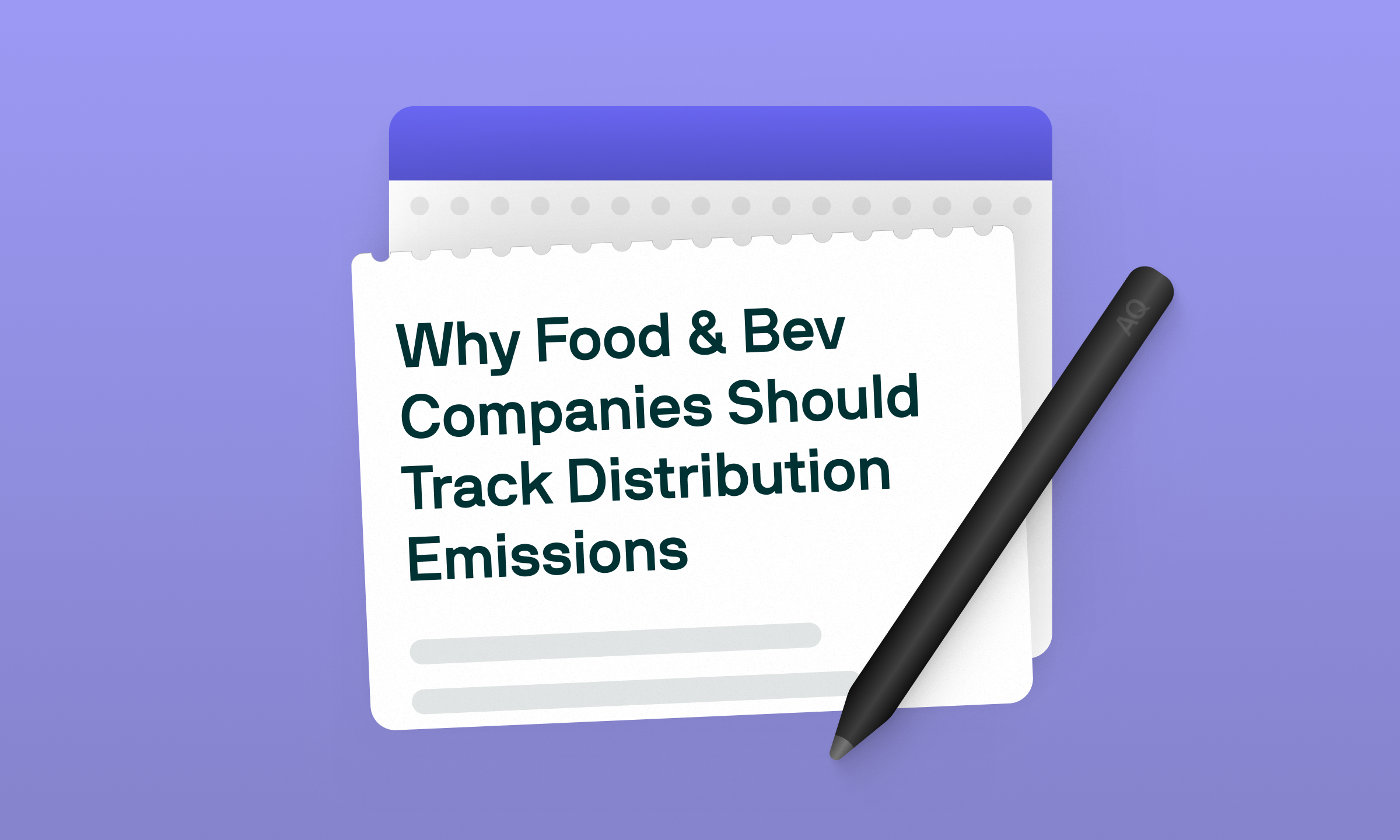
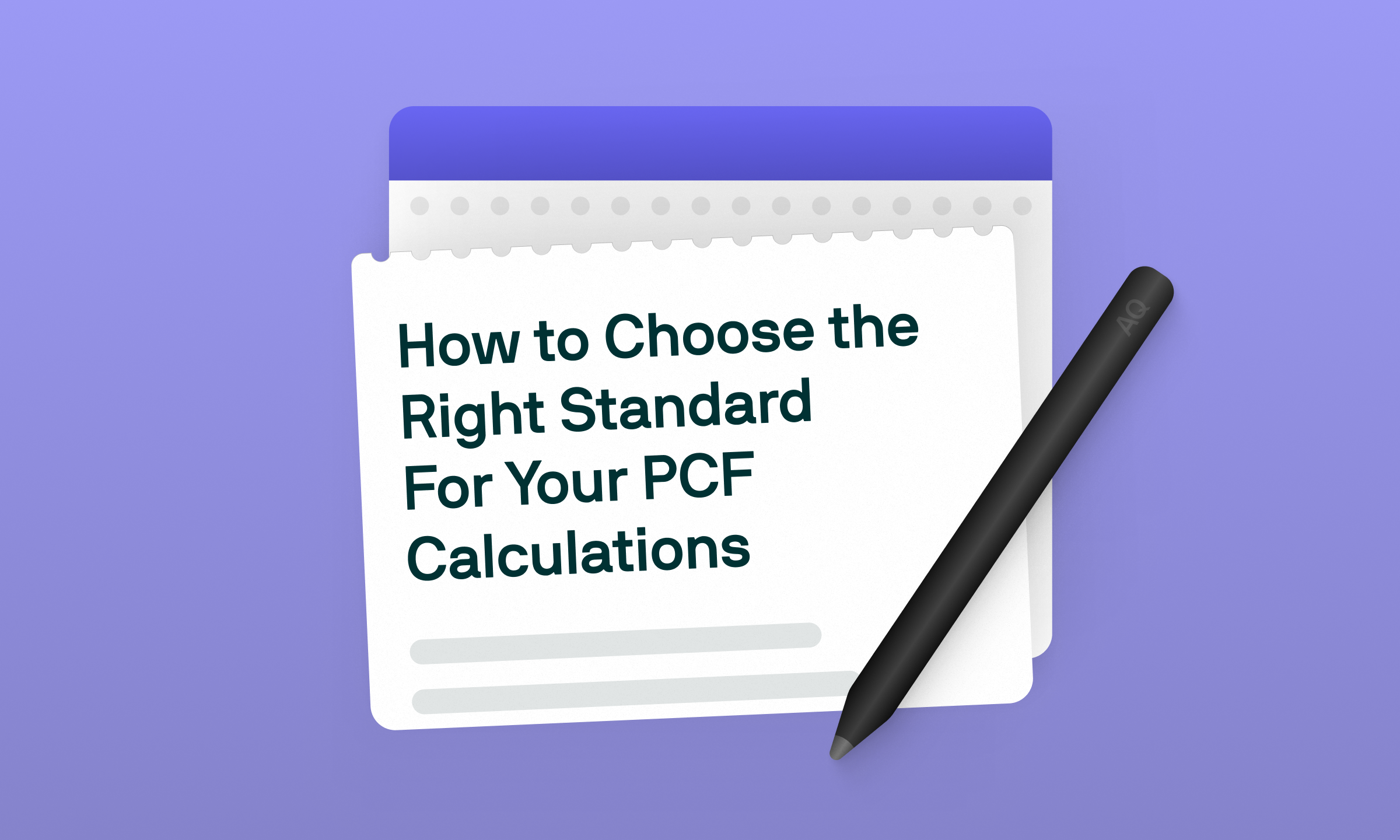

.png)
